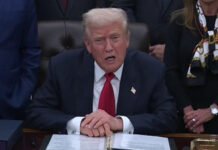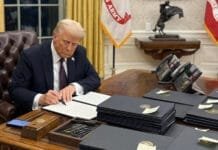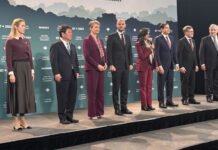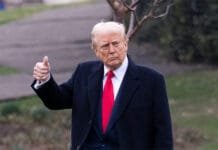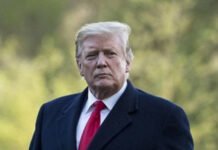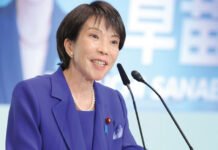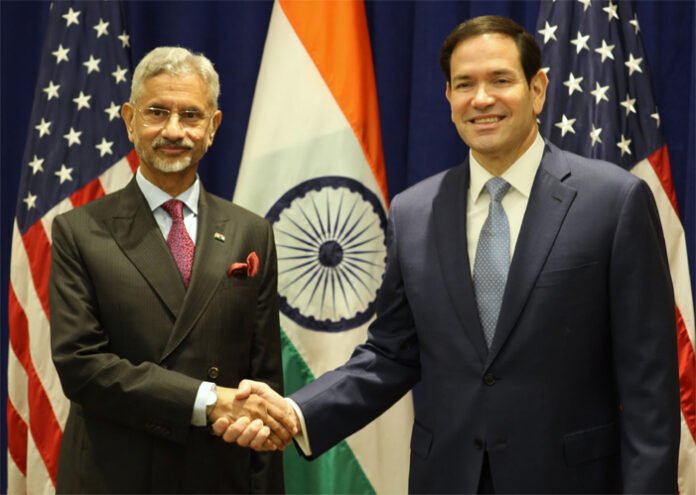
✨ Highlights
Jaishankar meets Rubio in Kuala Lumpur amid final-stage trade talks
Deal may cut U.S. tariffs on Indian goods to 15–16%
Focus on energy, technology, and Indo-Pacific security cooperation
Analysts expect $40B export boost for India post-deal
Possible signing by Fall 2025
India–US Ties Enter a Defining Moment
In a major diplomatic development, External Affairs Minister S. Jaishankar met US Secretary of State Marco Rubio in Kuala Lumpur on October 28, 2025. The meeting marks a crucial moment in the long-awaited India–US trade agreement, which both sides are hoping to finalize before the end of the year.
According to officials, the discussions focused on reducing tariff barriers, strengthening Indo-Pacific security, and expanding technology cooperation — all amid rising global economic and geopolitical uncertainties.
“India and the US share a responsibility to shape a balanced, resilient world economy,” Jaishankar reportedly said during the talks.
💼 Key Agenda: From Tariffs to Technology
The trade deal, being negotiated for months, aims to bring down U.S. import tariffs on Indian goods — particularly textiles, electronics, and auto components — from nearly 50% to 15–16%. In return, India is expected to gradually diversify crude oil imports and align with U.S. frameworks on digital trade and intellectual property.
Commerce Minister Piyush Goyal earlier hinted that “negotiations are on track,” adding that both nations were working to ensure “a win–win deal for workers, farmers, and startups on both sides.”
If sealed, this would be India’s biggest bilateral trade pact since the 2019 Japan agreement and could potentially add $40 billion to annual exports.
🌏 Indo-Pacific Strategy at the Core
Beyond economics, the meeting also covered Indo-Pacific strategic cooperation, with both leaders reaffirming their commitment to QUAD initiatives (India, US, Japan, and Australia).
Analysts believe this meeting signals a shift — India balancing its strategic autonomy while deepening ties with the West amid China’s assertiveness in the South China Sea and global supply-chain disruptions.
“This partnership is not transactional; it’s transformational,” said a senior official from India’s External Affairs Ministry.
💬 Expert Analysis: A Turning Point for India’s Global Trade
Economists say that a successful trade pact could reshape India’s export landscape.
Dr. Meera Bhattacharya, an international trade analyst, told ET Now,
“A 15% tariff ceiling could make Indian goods 25–30% more competitive in the U.S. market. That’s huge for sectors like apparel, gems, machinery, and electronics.”
This deal could also strengthen India’s bargaining power in future FTAs with the EU and UK, positioning New Delhi as a hub for diversified supply chains.
⚖️ Political Optics and Global Reaction
The meeting has also sparked global reactions. Former U.S. Commerce Secretary Gina Raimondo warned that “isolating India economically is a strategic mistake,” urging Washington to “prioritize partnership over pressure.”
India’s careful diplomacy, experts note, has helped it maintain trade ties with Russia while improving cooperation with the United States, a balancing act watched closely across global capitals.
📈 What Lies Ahead
The India–US trade deal is now in its final stages, with senior-level negotiations expected in Washington next month. Both sides aim to sign the framework agreement before Fall 2025, setting the stage for deeper technology, defense, and energy cooperation.
If successful, it could become a landmark moment in India–US relations, shaping the next decade of global trade and diplomacy.


